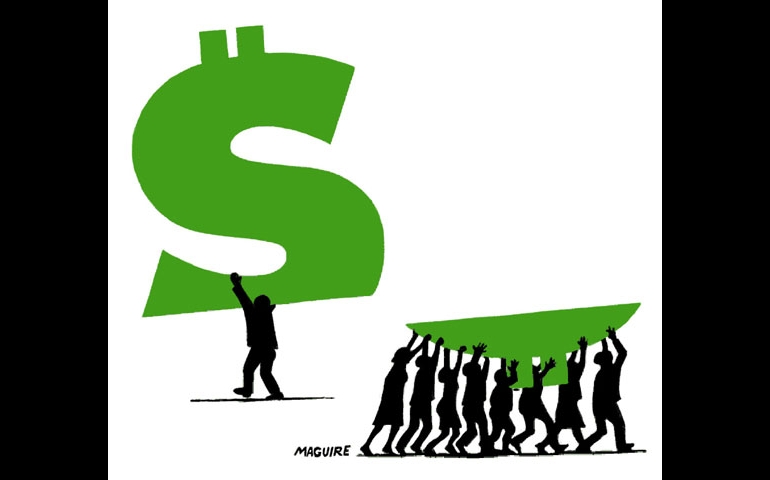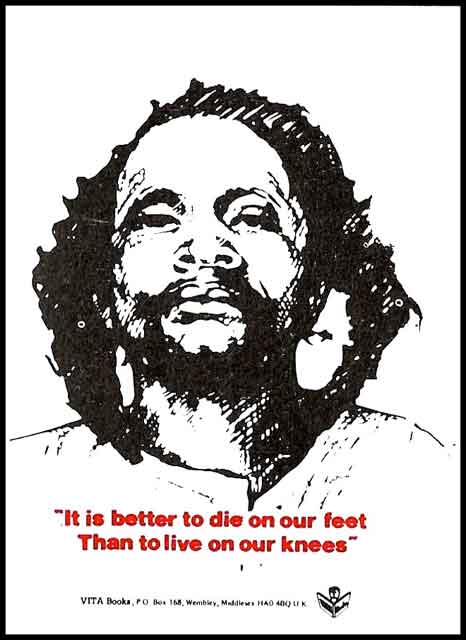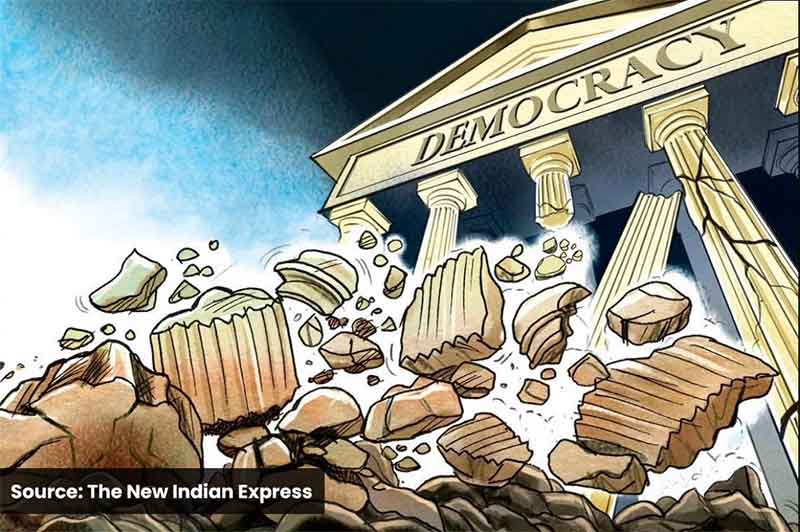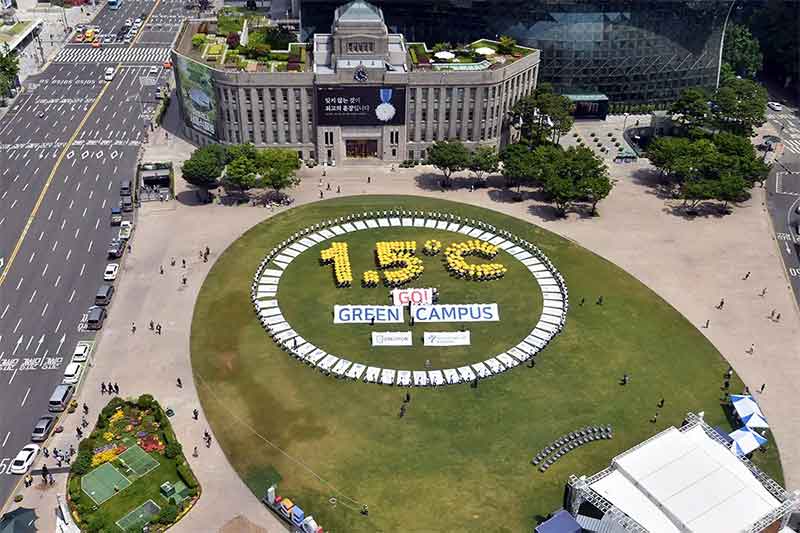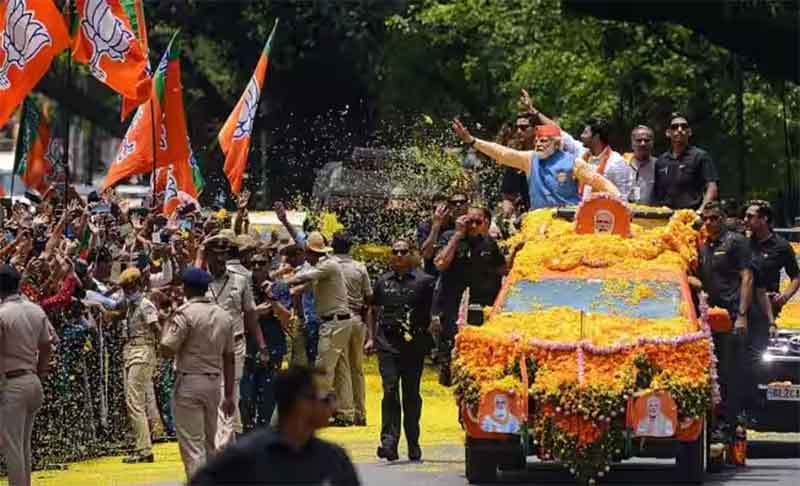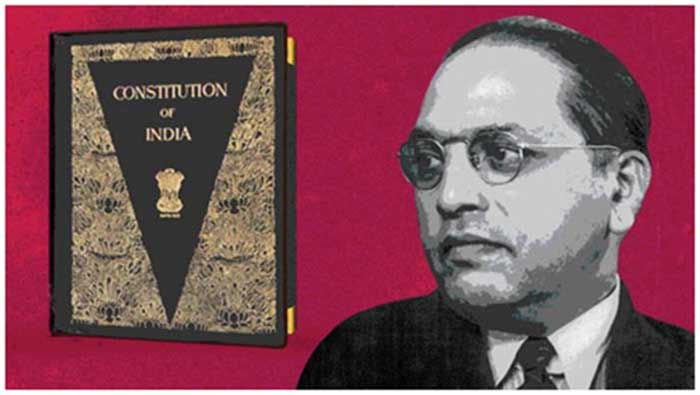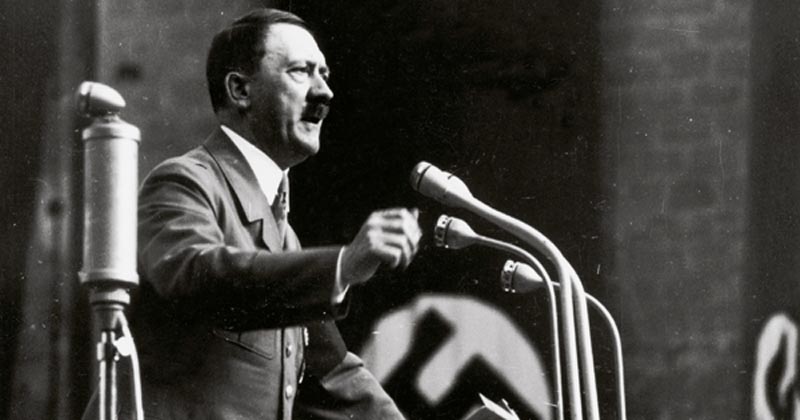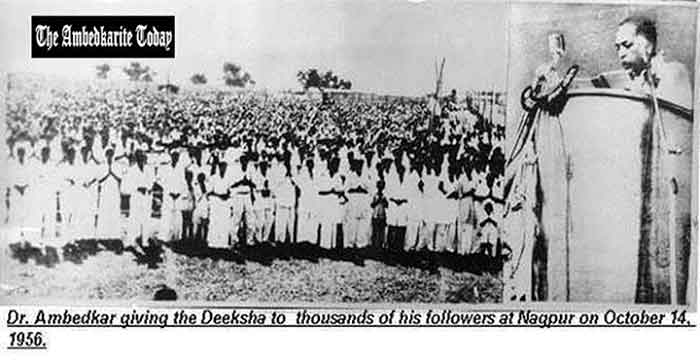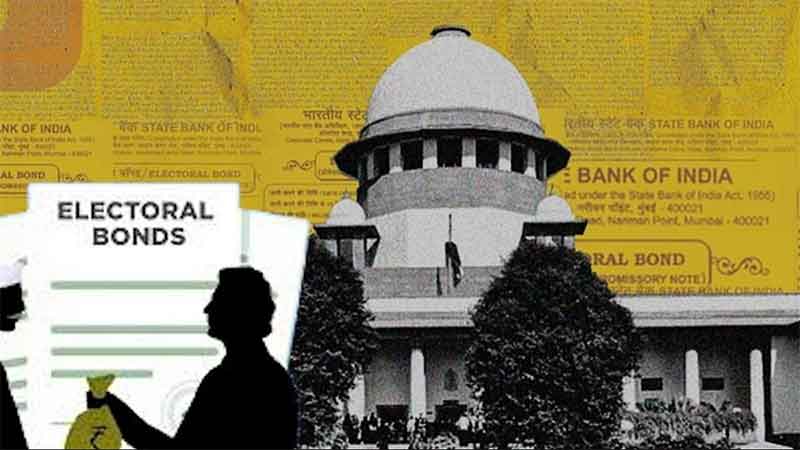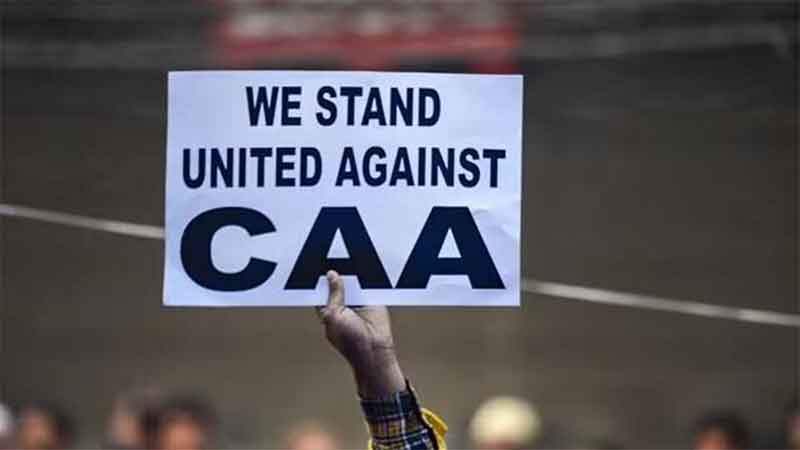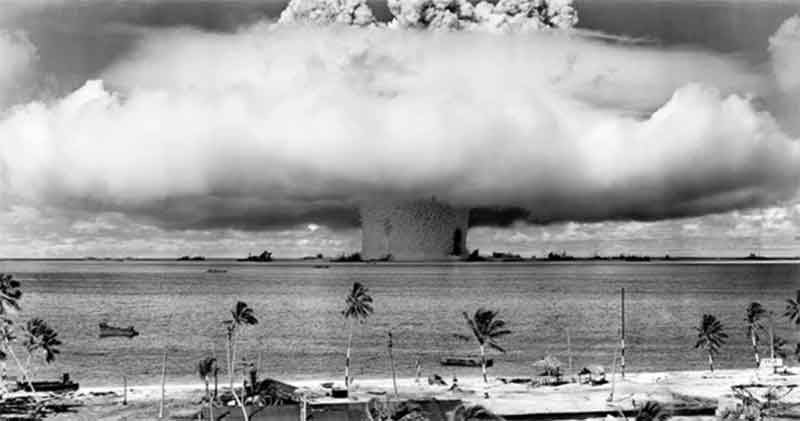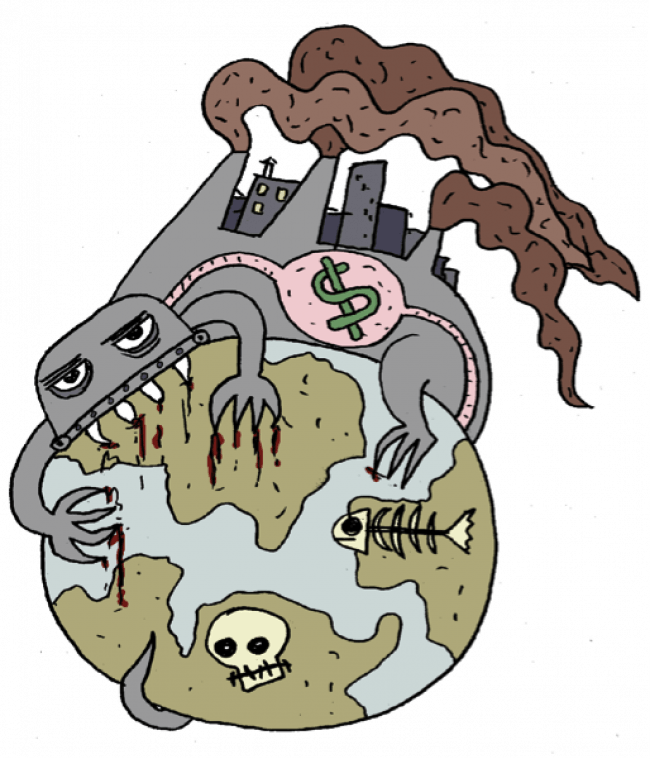
‘Society does not consist of individuals, but express the sum of interrelations, the relationships within which this individual stand’- Karl Marx.
The interrelation of individuals and the production process was defined by Karl Marx in his analysis of Superstructure. The industrial revolution and the state of the global economy during the 17th century incited Marx to give the analysis of the Bourgeoisie (the oppressor) who is placed in the highest position of the superstructure and Proletariat (the oppressed) who are placed in the base of the superstructure of pyramidal shape. The concept of capitalism then was ownership of factors of production by the topmost position holders of the superstructure, and surplus production created for exchange value by the base of the working class. The surplus generated by the working class was more than the value of labour. This gave rise to the accumulated capital (profit) of the capitalists. Marx also emphasized how capitalism has the inherent property of crushing down itself due to falling rate of profit, and revolt from the growing resentment of the working class. The fluctuations due to business cycles of the market economy further added to the woes of slowing down of the capitalist system of production.
Among periodic depressions, The Great Depression of 1928 always has a special mention as this had put capitalism in the verge of losing its identity.
Roosevelt’s ‘New Deal’ helped to overcome economy by introducing economic reforms through Federal activism and participation. The role of government intervention was strongly felt and the measures taken under federal activities helped the economy to sail through the Great Depression.
Marx was successful in his anticipation of the fall of capitalism but he could not anticipate that capitalism will find out own way. In 1928 it was in the form of the New Deal.
In the context of India, after independence, the focus of the government was to develop public sector enterprises and promote welfare governance inspired by the socialistic approach of Russia and China. The major concern of public sector undertakings was to develop India’s strategically important sectors, like heavy industries, transport, health, defense to name a few. The importance of the public sector can be understood in its role of providing social security benefits like post-retirement benefits, wage parity and most importantly job security. Moreover, public the sector produced public goods owing to its huge investment. However the private enterprise was allowed to exist and bloom but at that time the private sector in India, for all historic reasons, was largely in its nascent stage.
This picture was about to change. With the advent of 1991 reforms, NEP, the focus shifted towards privatization. The stated motive of NEP was to open up the economy by providing more and more latitude to the private sector but the undeclared or hidden motive was, the promotion of the private sector at the cost of the public sector.
By its very nature, the public sector represents group bargaining, i.e., organized labour and social welfare as the guiding principle. In contrast, the private sector is informal and runs with the profit motive and not the social welfare as its guiding principle. In the formal sector, workers could bargain their basic rights through trade unions. And so, different social safety benefits like working hours and conditions, provident fund, free housing, medical benefits, leaves, compensatory jobs and maternity benefits abolished in one go under the new regime of much privatsation. These distinctly visible heads of the wage structure were clearly reflected in the salary slips of organized sector.
With the adoption of 1991 reforms, all such heads were replaced by a fix salary. Design of employment have also changed drastically. Permanency of job becomes a thing of the past. Labour laws are diluted and deregulated. Now the jobs were contractual. When there are no permanency in job, there are no obligations in providing the social securities.
Gradually this form of employment which was a characteristic of private sector was soon introduced in the public sector. A new form of employment is being generated in the public sector which can be termed as the ‘informal employment in the formal sector’. The formal sector which is organized and public-funded has also become a victim of this contractualization of labour.
A good example of this system can be seen is Delhi University, an institute of eminence where 40% of teaching is conducted by ad hoc faculties working here for more than 15 years with contracts being renewed periodically. Apart from the concept of contract labour the term Gig economy marked its emergence which runs on a strict rule of ‘Hire-only-when-required’. Outsourcing job is the basis of the gig economy. Initially, such contracts were made for blue-collar jobs but with the penetration of MNS and TNC, white-collar jobs are too outsourced even in the public sector. Since these are time-based jobs and completely unorganized, trade unions here finds no place and so no bargains nor any security of jobs.
Labour, whether skilled or semi-skilled, stands in crossroad, as on one hand due to dearth of employment they have no alternatives except to join this gig economy. On the other hand since this market is not organized, labour is unable to fight back for their rights.
Marx not only failed to anticipate that capitalism will find a panacea of recessions in the form of public expenditure, but he also failed to foresee that eventually capitalism will survive by destroying this system. Capitalism have entered into the stage of Ouroboros the mythical tail-eating serpent.
Only time will tell how long it will survive by eating its own body?
Dr Trishna Sarkar, Asst Prof, Dept of Economics, Dr BhimRao Ambedkar College, University of Delhi.




